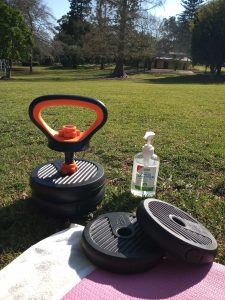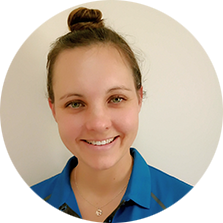Prevention is Always Better than Cure
We have all heard the phrase ‘prevention is better than a cure’ but today Longevity Exercise Physiology Drummoyne, Edgecliff, Marrickville, Bella Vista, Randwick, Pymble, Neutral Bay and Balmain want to look at why these words are so important.
Our bodies are incredible things. While we may take them for granted at times, they are constantly working to maintain homeostasis, adapting as best they can to whatever we may throw at them. Unfortunately, there is only so much our bodies can cope with, and once they tip over that line, we begin to see the emergence of illness.
Here at Longevity we are well versed in the treatment of illness through exercise prescription. Like a mechanic fixing a car, we often see clients at the point of needing a ‘tune-up’, trying to get their bodies back on the road and working more effectively. Typically they have been diagnosed with an illness, injured themselves, been told they need to alter their lifestyle by another health professional/loved one, or found they are not coping, unable to do things they once could. Don’t get us wrong, we love being of assistance to those who are at the point of needing to make a change, but today we wantedto highlight a path in which a ‘tune-up’ may be potentially avoided.
We are sure many of you have heard of the term ‘lifestyle disease’. For those of you who have not, this is a group of illnesses potentially avoided or minimised if certain changes are made to one’s life. Diseases such as Hypertension, Cardiovascular Disease, Obesity, Type II Diabetes, high cholesterol, Sarcopenia, Osteoporosis, certain mental health conditions and types of cancers are just a few examples. Whilst helping minimise risk of certain diseases, lifestyle modifications can also decrease the risk of morbidity and mortality through events such heart attack, stroke and falls. These events usually pose significant consequences, often affecting independence and ultimately quality of life. While these statements may seem doom and gloom, we at Longevity like to see them as empowering. You see, by taking control of things like your diet and exercise, you have the ability to help keep your body healthy and thriving throughout your life.
It improves our heart and lung function, builds and maintains muscle and bone, encourages neural connections, allows waste products to expel from the body, improves motility of the digestive system and regulates hormones including those happy hormones in our brains
But how exactly does exercise help? Our bodies are designed to move, and as we said above, they are incredible things. As we move, blood gets pumped around our bodies allowing for all manner of things to occur. It improves our heart and lung function, builds and maintains muscle and bone, encourages neural connections, allows waste products to expel from the body, improves motility of the digestive system and regulates hormones including those happy hormones in our brains.
Unfortunately, the opposite is also true. When we don’t move, the efficiencies of our body which make it so incredible, begin to work against us. Another popular phrase comes to mind, ‘if you don’t use it you lose it’. Our body is ultimately a machine that wants to maximise energy use. This is done through both conservation and storage of energy. If we have active muscle tissue that’s not being used, the body will quickly get rid of it. If our bones don’t get regular forces through them, they will deteriorate increasing risks of fractures. If we put too many calories into our bodies, it will be stored as fat, a potential energy source for later. If we don’t use these stores however, they will continue to build putting extra stress on the body, eventually causing it to breakdown. In order to combat these changes we need to look at both our energy intake and our
energy expenditure.

As Accredited Exercise Physiologists we are in the energy expenditure business. We are advocates for exercise, wanting to ensure the population is completing the adequate amount each week. The Australian Physical Activity Guidelines states that adults should be completing 2.5-5 hours moderate intensity, or 1.25-2.5 hours of vigorous activity each week. This is to be done in conjunction with 2 sessions of strength based training per week. For some, this may seem like a lot, but these guidelines are there to help maintain both physical and mental health and potentially avoid the lifestyle diseases.
So let us ask you, do you believe you are meeting the Physical Activity Guidelines?
If the answer was ‘no’, why do you think that is? It is time? Motivation? Not knowing how to exercise or what is safe? Do you need help? If so, Longevity are here and we pride ourselves on being experts in exercise. We believe in prevention being better than a cure and want to help as many people as we can live long and healthy lives.
While change to a healthier lifestyle is tough, we need to take care of our bodies so they can take care of us. If you, or anyone you know may need a little help in the right direction call 1300 964 002 to speak to one of our Exercise Physiologists today. Give us a chance to show you how regular exercise is not only great for your health but also a wonderful way of life.
Written by Naomi Birchnoff

